Manaslu Circuit Trek Difficulty and Permits – The Manaslu Circuit Trek is a mesmerizing journey through the rugged landscapes of the Manaslu region in Nepal. This off-the-beaten-path adventure has captured the hearts of trekkers from around the world. However, it’s important to understand that this trek is not for the faint-hearted. Furthermore, before embarking on this extraordinary trek, it’s essential to understand the permit requirements associated with the Manaslu Circuit.
The Remote Location
The first challenge you’ll encounter on the Manaslu Circuit is its remote location. Tucked away in the Himalayas, the region is not easily accessible. The journey to the starting point of the trek requires a long and bumpy drive from Kathmandu.
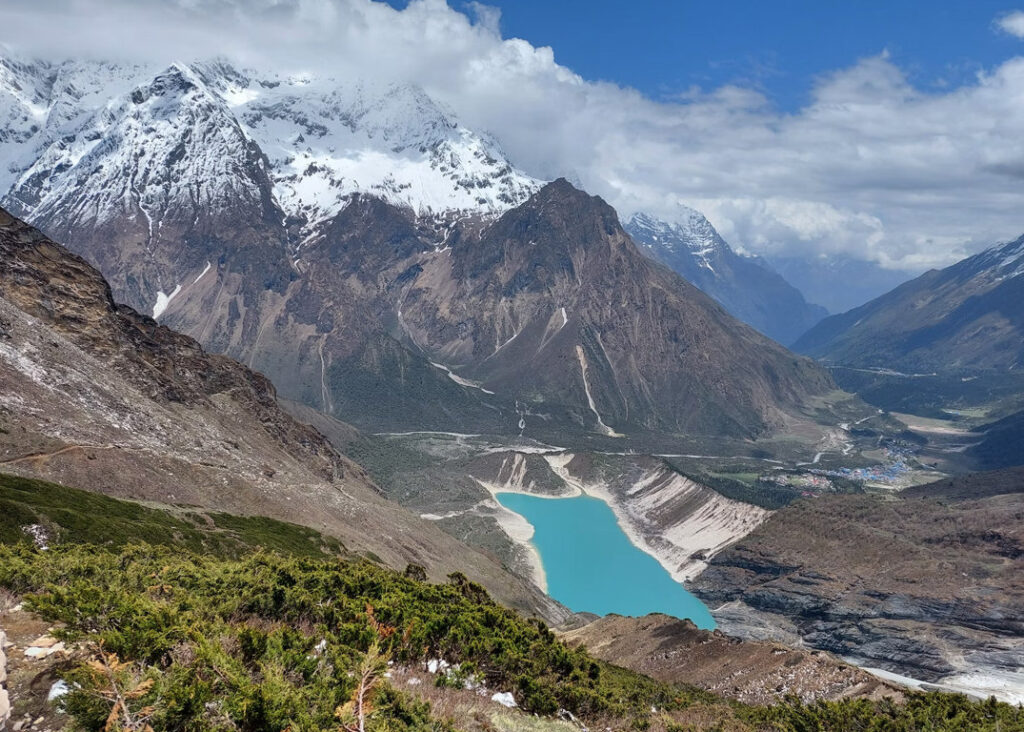
This remoteness adds to the adventure but also presents logistical challenges. It’s crucial to plan your transportation and accommodation in advance to ensure a smooth start to your trekking expedition.
Altitude and Acclimatization
Manaslu Circuit Trek Difficulty and Permits– As you ascend the Manaslu Circuit, you will face the effects of high altitude. The trek reaches elevations above 5,000 meters, which can take a toll on your body. Proper acclimatization is essential to prevent altitude sickness.
You may also like: Manaslu Trek in November
It’s important to allow sufficient time for acclimatization breaks and to follow a slow and steady pace. Trekking organizations and experienced guides will help you design an itinerary that ensures proper acclimatization, allowing you to enjoy the trek while minimizing the risk of altitude-related illnesses.
Challenging Terrain
The Manaslu Circuit is known for its challenging terrain. The trail encompasses steep ascents, sharp descents, and narrow paths that wind through rocky landscapes. Physical fitness and endurance are crucial to successfully navigate these demanding sections.
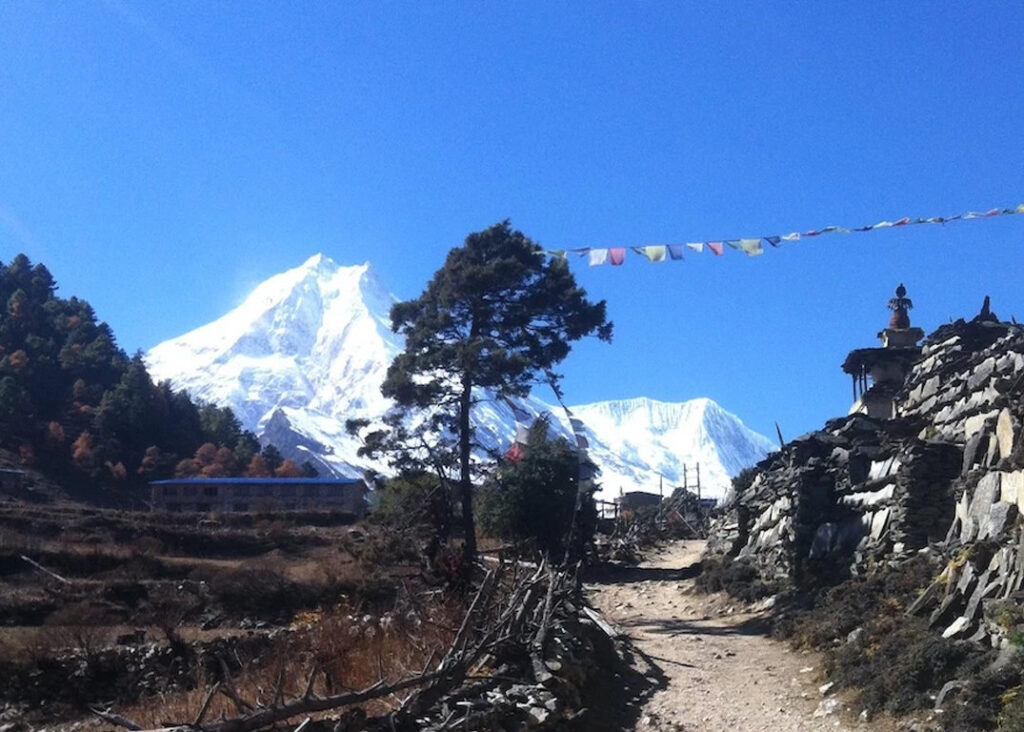
Regular cardiovascular exercise, strength training, and hiking practice will prepare your body for the rigorous terrain. It’s also advisable to invest in appropriate trekking gear, including sturdy boots and trekking poles, to enhance stability and reduce the strain on your joints.
Weather and Seasonal Considerations
The weather in the Manaslu region can be unpredictable and harsh, adding another layer of difficulty to the trek. Monsoon season, which typically runs from June to August, brings heavy rainfall and landslides, making the trail slippery and potentially dangerous.
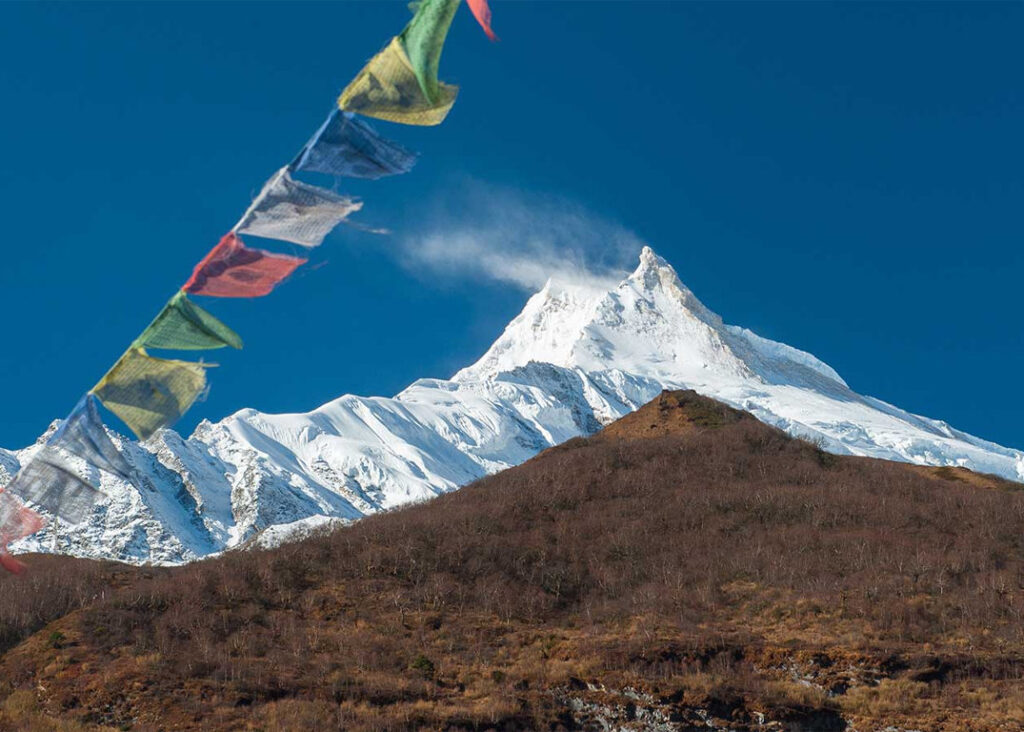
Winter months (December to February) bring cold temperatures and heavy snowfall, making the trek more challenging and requiring additional gear. The best time to undertake the Manaslu Circuit is during the spring (March to May) and autumn (September to November) seasons when the weather is relatively stable.
However, even during these seasons, it’s important to be prepared for sudden weather changes and pack accordingly.
Permits and Regulations
To trek the Manaslu Circuit, you must obtain the necessary permits and adhere to local regulations. A Restricted Area Permit (RAP) and an Annapurna Conservation Area Permit (ACAP) are required. These permits help preserve the natural and cultural heritage of the region and support local communities.
It’s important to obtain permits through authorized agencies and follow the designated routes to ensure a responsible and sustainable trekking experience.
Manaslu Restricted Permit
The Manaslu Restricted Permit is the primary permit required for trekking the Manaslu Circuit. Implemented in 1991, this permit aims to preserve the cultural and natural heritage of the region. The permit can only be obtained through authorized trekking agencies, and individual trekkers are not permitted.
Also Read: Manaslu Trek in January: Weather, Difficulty, Travel Tips, and More
The cost of the permit varies depending on the season, with higher fees during peak months. This permit is essential for maintaining sustainable tourism and managing the number of trekkers in the region.
Annapurna Conservation Area Permit (ACAP)
Along with the Manaslu Restricted Permit, trekkers also need the Annapurna Conservation Area Permit (ACAP) to trek the Manaslu Circuit. The ACAP was established to protect the fragile ecosystem and biodiversity of the Annapurna region.

This permit can be obtained from the Nepal Tourism Board in Kathmandu or at the ACAP entry checkpoints along the trail. The permit fee contributes to conservation efforts and supports local communities.
Tsum Valley Restricted Permit
Manaslu Circuit Trek Difficulty and Permits– If you wish to explore the culturally rich Tsum Valley, an additional Tsum Valley Restricted Permit is required. Located on a side trail of the Manaslu Circuit, Tsum Valley offers a unique opportunity to experience the distinct Tibetan Buddhist culture and traditional lifestyle of the local people.

The permit fee helps in preserving and promoting the cultural heritage of the valley.
TIMS Card
The Trekker’s Information Management System (TIMS) Card is another essential document for trekking in Nepal. Although the Manaslu Circuit does not require a TIMS Card, it is still advisable to obtain one as it provides crucial information to trekking agencies, ensuring your safety and facilitating search and rescue operations if necessary.
The TIMS Card can be obtained from the Nepal Tourism Board or authorized trekking agencies in Kathmandu or Pokhara.
The Permit Process
To obtain the necessary permits, it is recommended to contact a registered trekking agency well in advance. The agency will assist you in arranging the required permits, coordinating logistics, and ensuring compliance with the regulations.
They will also provide experienced guides, porters, and other essential support services for a successful trek.
Physical Well-being
Manaslu Circuit Trek Difficulty and Permits– Undertaking the Manaslu Circuit Trek requires a good level of physical fitness and stamina. The demanding terrain and high altitudes can put a strain on your body. Therefore, it’s essential to focus on physical well-being before and during the trek.
Cardiovascular Fitness
The trek involves long days of walking, often uphill and at high altitudes. Building cardiovascular endurance is crucial to tackling these challenges. Engage in regular aerobic exercises like jogging, swimming, or cycling to improve your cardiovascular fitness.
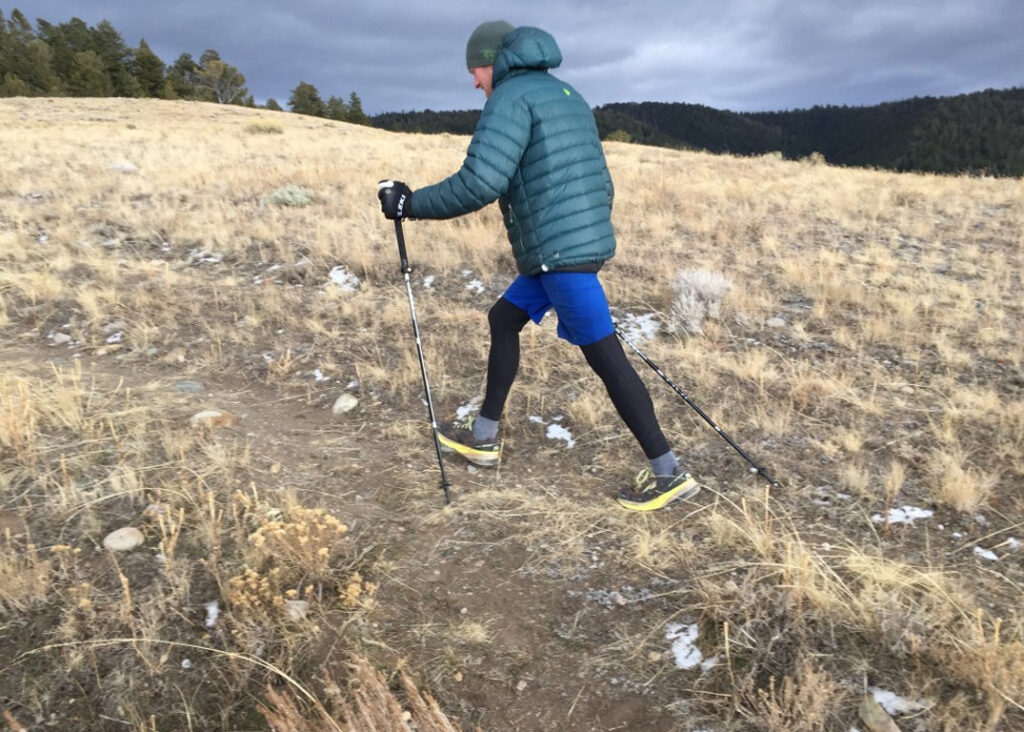
Aim for at least 30 minutes of moderate-intensity exercise most days of the week, gradually increasing the duration and intensity as your fitness improves.
Strength and Endurance Training
The Manaslu Circuit includes steep ascents and descents, requiring leg strength and endurance. Incorporate strength training exercises such as squats, lunges, and calf raises to build lower body strength.
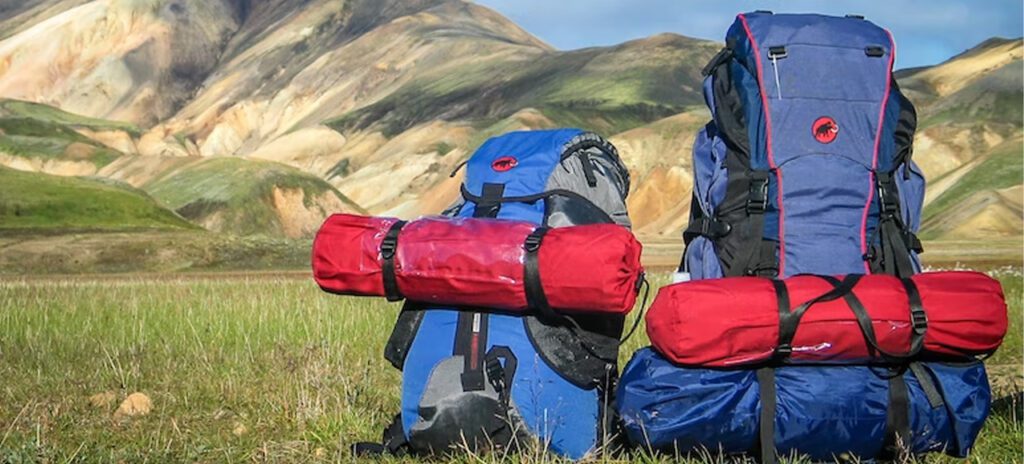
Additionally, include core exercises like planks and mountain climbers to improve stability and balance. It’s also beneficial to practice hiking or stair climbing with a loaded backpack to simulate the conditions you’ll face during the trek.
Flexibility and Stretching
Flexibility plays a vital role in preventing injuries and maintaining a comfortable stride while trekking. Incorporate regular stretching exercises into your routine to improve flexibility in major muscle groups such as the legs, hips, back, and shoulders.

Yoga or Pilates can also be effective in improving flexibility, balance, and overall body strength.
Proper Nutrition and Hydration
Maintain a balanced diet rich in nutrients to fuel your body for the physical demands of the trek. Include a variety of fruits, vegetables, whole grains, lean proteins, and healthy fats in your meals.
Stay hydrated by drinking plenty of water throughout the day. Proper nutrition and hydration are essential for sustaining energy levels and aiding in recovery.
Gradual Acclimatization
Acclimatizing to the high altitudes is crucial for your well-being during the trek. Ascend slowly and allow your body time to adjust to the decreasing oxygen levels. Follow the recommended itinerary, which includes acclimatization days at specific points along the trek.
Also Read: Manaslu Trek in April: Weather, Difficulty, Travel Tips, and More
Use these rest days to explore nearby areas and engage in light activities to maintain blood circulation while giving your body time to adapt.
Listen to Your Body
Pay attention to any signs of fatigue, discomfort, or altitude sickness during the trek. It’s essential to listen to your body and not push beyond your limits. Take breaks when needed, maintain a steady pace, and communicate with your trekking partners or guide if you experience any concerning symptoms. It’s better to take precautions and rest when necessary to avoid further complications.
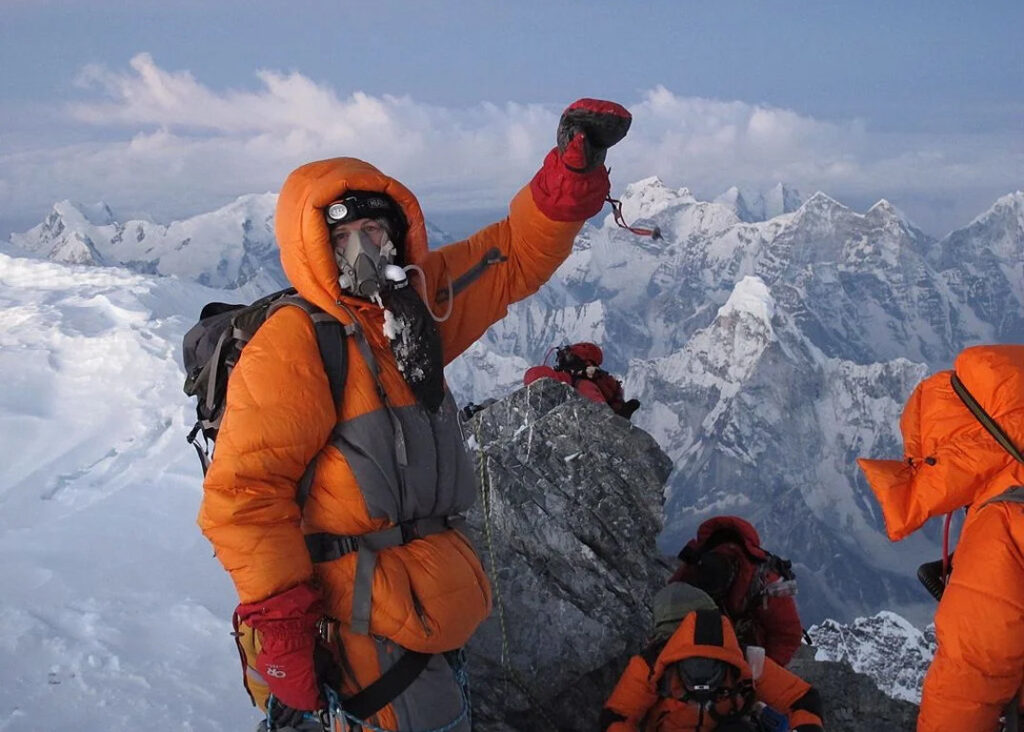
Remember, physical well-being is a gradual process that requires consistent effort and preparation. Start your fitness regimen well in advance of the trek to allow your body enough time to adapt and strengthen. Consulting with a healthcare professional or a fitness trainer can provide personalized guidance based on your individual needs and fitness level.
By prioritizing your physical well-being, you’ll enhance your trekking experience on the Manaslu Circuit and increase your chances of successfully conquering its challenges.







